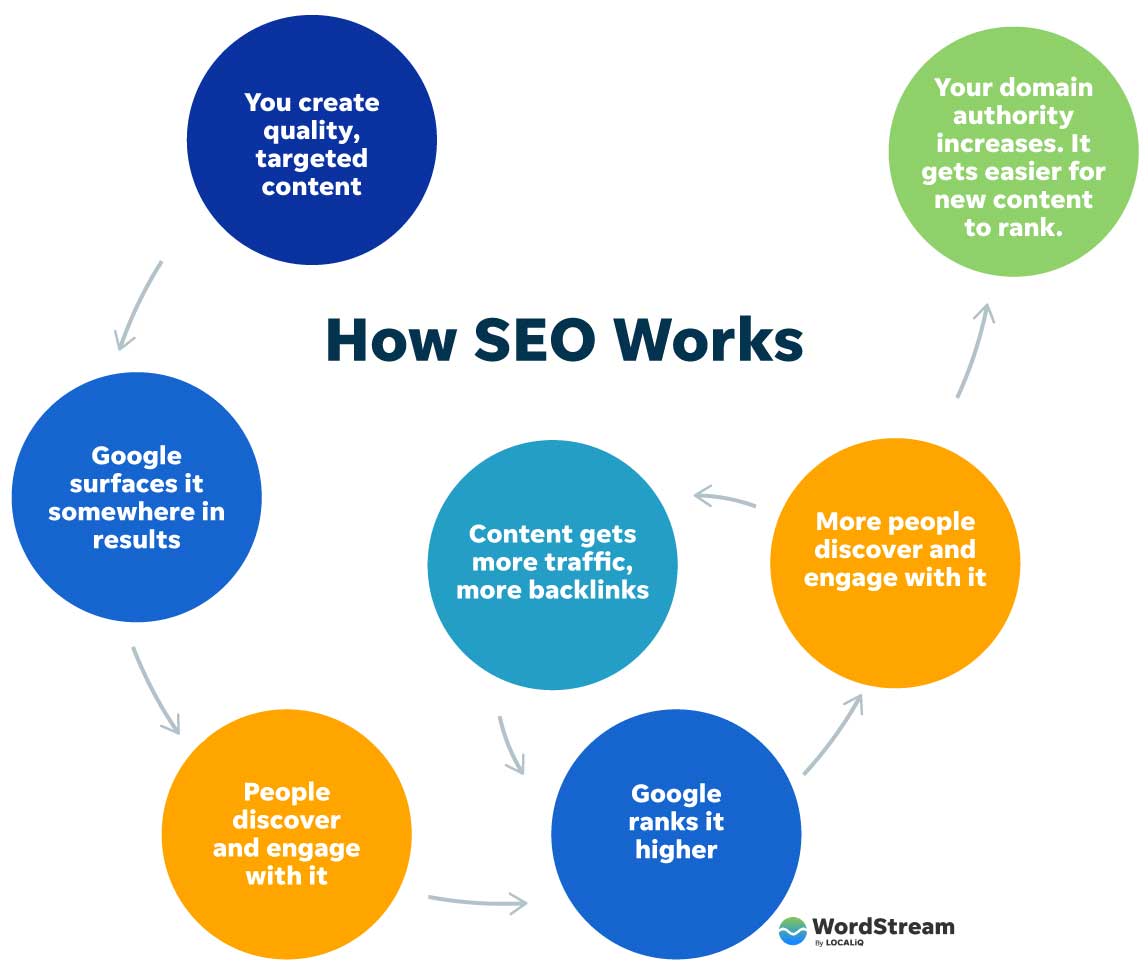Image optimization is a crucial aspect of SEO because it directly influences both user experience and search engine rankings. Here are the main reasons why image optimization is important for SEO.

Image optimization can be done in different ways, be it by resizing the images, caching, or by compressing the size. Enter image kit, an intelligent image optimization tool, which optimizes images using an intelligent compression algorithm.
Image Optimization can include:
- Image Type
- Image Size
- Image Name and Description
- Image Alt Tags
If you follow the much too common practice of inserting stock or phone captured images directly into your web content, you may benefit from this image seo guide.
Key Techniques for Image Optimization
- File Size Reduction: Compress images without sacrificing quality to reduce page load time.
- Image Formats: Use modern formats like WebP for better compression and quality or choose JPEG for photos and PNG for graphics.
- Descriptive Filenames: Use clear, relevant names for image files .
- Alt Text: Write descriptive alt text to help search engines understand what the image represents, which is also important for accessibility.
- Responsive Images: Serve appropriately sized images for different screen sizes to ensure efficient loading on all devices.
- Image Sitemaps: Include images in your XML sitemap or create a dedicated image sitemap to help search engines find and index them.